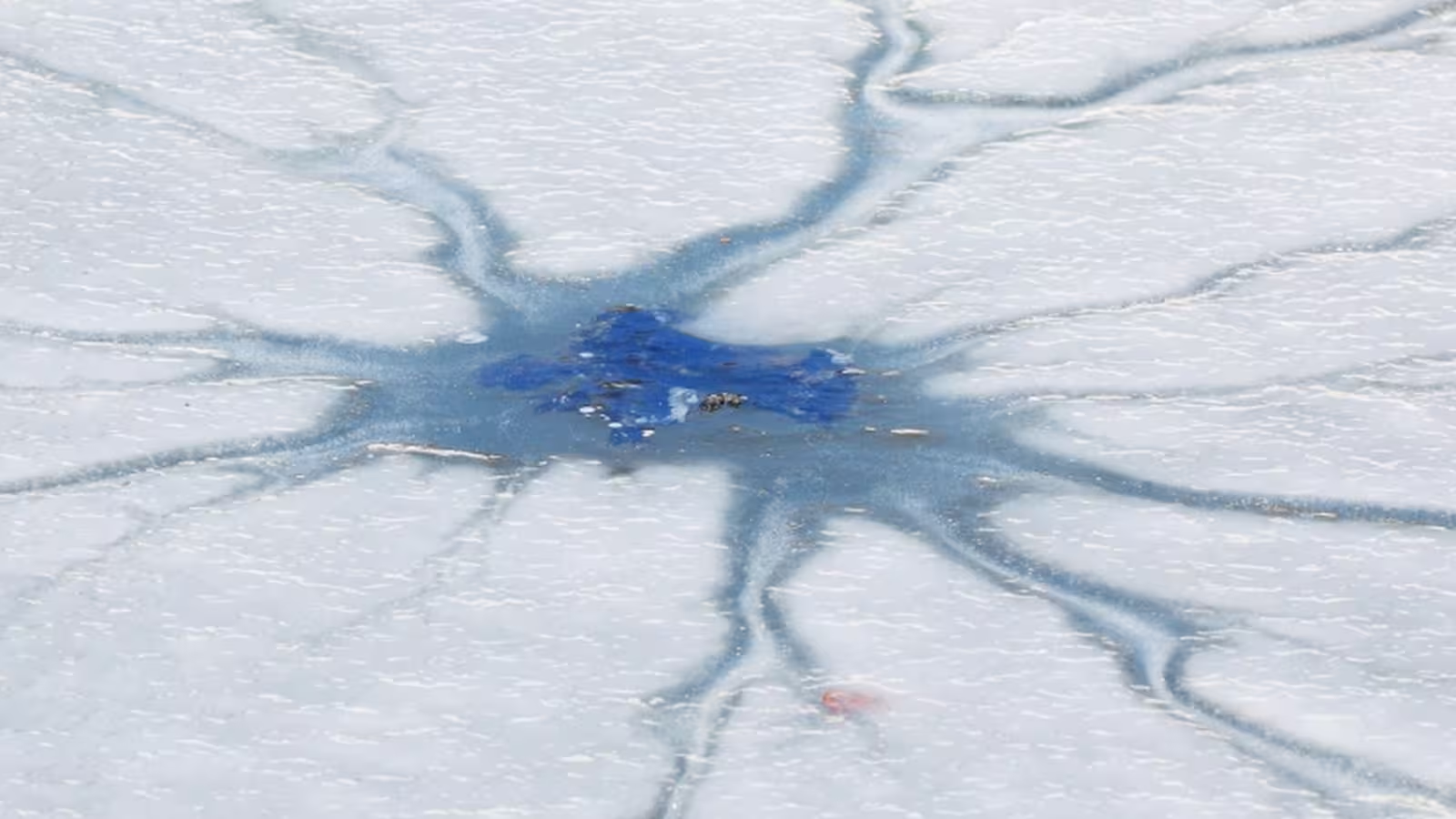3 Minutes
Unraveling Life’s Survival During Snowball Earth
For much of its history, Earth has not always presented a welcoming environment for life as we know it. During at least two major ‘Snowball Earth’ events, estimated to have occurred between 635 and 720 million years ago in the Cryogenian Period, the planet’s surface was cloaked almost entirely in thick ice—from pole to equator. Scientists believe that average global temperatures plunged to -50°C (-58°F), turning even the tropics into icy wastelands akin to modern-day Antarctica.
Yet, amidst these seemingly inhospitable conditions, life persisted—a puzzle that continues to intrigue astrobiologists and Earth scientists alike. The essential ingredient for life, liquid water, would have been extremely scarce. This raises the fundamental question: how did life not only survive, but continue evolving on a frozen world?
Ancient Ponds: Sanctuaries for Survival
A recent study published in Nature Communications brings new answers to this scientific mystery. Led by Fatima Husain of MIT, the research team investigated present-day micro-ecosystems in Antarctica—specifically, small pools of melted ice perched at the edge of ancient ice sheets. These modern ponds may provide a living window into possible survival strategies employed during Snowball Earth.
In 2018, researchers from New Zealand journeyed to the McMurdo Ice Shelf, an extensive icy platform in East Antarctica. There they found shallow ponds, just a few meters across and less than a meter deep, that support a thriving array of microorganisms. The pond floors were blanketed by strikingly colorful, slimy microbial mats, at times several centimeters thick and composed primarily of cyanobacteria—hardy, single-celled organisms renowned for their ability to survive some of the planet’s harshest environments.
But cyanobacteria were not alone. Using genetic analysis and microscopy, the researchers uncovered evidence of eukaryotes—organisms with complex cells like algae and microscopic animals—thriving within these ponds. Their rich biodiversity, including representatives from multiple evolutionary branches, suggests that even during periods of extreme cold and low sunlight, diverse forms of life could coexist in sheltered oases.
Implications for Earth and Beyond
These findings help illuminate potential refuges where early life persisted and diversified during global glaciations. Some scientists had already hypothesized that ancient life might have found sanctuary in isolated patches of open ocean, deep-sea hydrothermal vents, or beneath thick ice sheets. This new research, however, underscores the possibility that pockets of liquid water—fleeting meltwater ponds—could have served as crucial lifeboats, nurturing life through the most severe climate crises in our planet’s history.
"No two ponds were alike," Husain remarked, stressing the unique assemblages of organisms found in each. "These environments demonstrate an impressive capacity to host diverse life communities, even in close proximity."
The study also broadens our understanding of habitability on other worlds. Environments analogous to these Antarctic ponds may exist beneath the icy shells of moons like Jupiter’s Europa and Saturn’s Enceladus, both prime targets in the search for extraterrestrial life within our solar system. The ability of Earth’s microorganisms, especially eukaryotes and cyanobacteria, to survive under such extreme conditions provides optimism for astrobiologists seeking signs of life beyond Earth.
Conclusion
The discovery of diverse micro-organisms in Antarctic meltwater ponds sheds crucial light on possible survival strategies during Snowball Earth. By revealing how life can flourish in isolated, frozen refuges, this research not only deepens our understanding of Earth’s own evolutionary history but also guides the ongoing search for life in the coldest corners of the solar system. As new missions probe the icy moons of Jupiter and Saturn, insights from Earth's ancient analogues may prove instrumental in unraveling one of science’s greatest mysteries: the resilience and adaptability of life.
Source: sciencealert



Comments